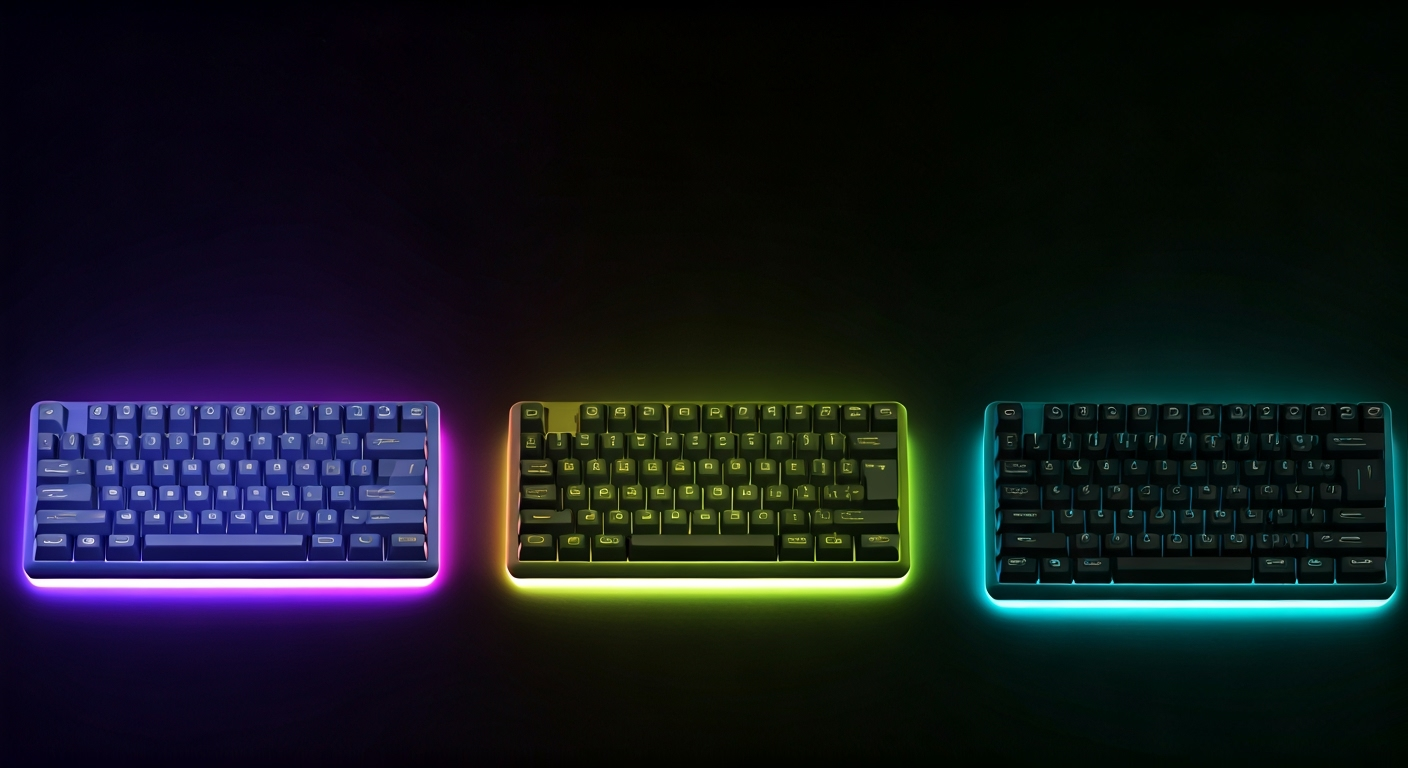Dvorak vs Colemak vs QWERTY

QWERTY: origins and global use
QWERTY was created in the 1870s by Christopher Latham Sholes (with Samuel Soule and Carlos Glidden) in Milwaukee, and commercialized by Remington. The layout spaced out frequently paired letters to reduce mechanical typebar jams on early typewriters. It became the default on typewriters, then on modern computers and phones. Today it is the standard layout on Windows, macOS, iOS, Android, and in most schools and workplaces.
- Design goal: reliable mechanical operation; later, familiarity and standardization
- Pros: universal availability, zero setup, instant collaboration
- Cons: more finger travel and irregular hand alternation compared to optimized layouts
Dvorak: efficiency‑focused alternative
The Dvorak Simplified Keyboard was designed in the 1930s by Dr. August Dvorak and Dr. William Dealey at the University of Washington. It places the most common letters on the home row and encourages alternating hands to reduce finger travel and fatigue.
- Design goal: maximize home‑row usage and hand alternation
- Pros: smoother cadence for prose, less travel for common English text
- Cons: higher switching cost; shortcuts move; adoption is niche though layouts are built into major OSes
- Where it is used: power typists, some writers and enthusiasts; available as a system layout on most platforms
Colemak: modern, low‑friction switch
Colemak was introduced in 2006 by Shai Coleman to modernize typing efficiency with minimal disruption. It keeps many QWERTY positions (including common shortcuts) while reducing finger travel. Variants such as Colemak‑DH further refine finger load distribution.
- Design goal: efficiency gains with fewer key changes than Dvorak
- Pros: easier adaptation for QWERTY users; popular with programmers and technical writers
- Cons: still requires re‑training; some platforms need an install or variant selection
- Where it is used: growing community adoption; supported on many Linux distros and via downloadable layouts on macOS/Windows
Should you switch?
Switching helps if you feel wrist strain, do long sessions, or want a fresh accuracy reset. It costs 2–6 weeks of adaptation for most people.
Who benefits most
Writers prone to repetitive errors, devs who love consistency, and anyone with comfort issues often gain the most.
Side‑by‑side comparison
| Layout | Design goal | Pros | Cons |
|---|---|---|---|
| QWERTY | Mechanical reliability → standardization | Universal availability, zero setup | More finger travel, uneven alternation |
| Dvorak | Home‑row dominance, alternation | Smoother cadence for prose | Higher switching cost, shortcuts move |
| Colemak | Efficiency with fewer changes | Easier adaptation, keeps many shortcuts | Still requires retraining; variants differ |
Keep speed while switching
Use dual‑layout days and short focused sets, then lengthen sessions. Track accuracy as your lead metric.
Advanced typing tipsPractice transitions in Typing Rally4‑week adaptation plan
- Week 1: home row + top row letters, 10–15 min/day
- Week 2: numbers + punctuation ladders, maintain accuracy ≥ 95%
- Week 3: short real‑text sessions (emails, notes), 2×10 minutes
- Week 4: speed ladders + one multiplayer session
Related posts

Programming and Typing Speed: How Fast Should Developers Type?
Learn the optimal typing speed for programmers and how it impacts coding productivity, backed by research and real-world data.
